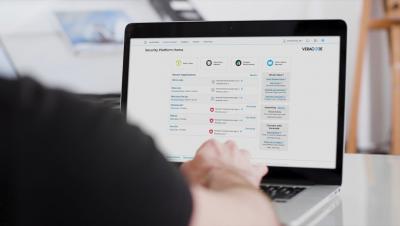Security | Threat Detection | Cyberattacks | DevSecOps | Compliance
%term
Veracode Static Analysis Solution
Veracode Software Composition Analysis Solution
Veracode Dynamic Analysis Solution
Security for Work from Home Tools with Live Q&A Sponsored by Optiv
The MITRE ATT&CK Framework: Exfiltration
Once an attacker has established access and pivoted around to the point of gathering the necessary data, they will work on exfiltration of that data. Not all malware will reach this stage. Ransomware, for example, usually has no interest in exfiltrating data. As with the Collection tactic, there’s little guidance on how to mitigate an attacker exfiltrating data from the enterprise.
Business Continuity Requires Infrastructure Continuity in Times of Remote Working
Over the last few weeks, most organisations have had to transition to enable their employees to work remotely. The key focus has been on business continuity during this trying time. Unfortunately, business continuity isn’t so easy. Keeping the day-to-day operations of the business running has been one of the hardest IT challenges that most organisations have faced in the last decade. It’s one for which many organisations might not have had a plan in place.
Calico Egress Gateway: Universal Firewall Integration for Kubernetes
New applications and workloads are constantly being added to Kubernetes clusters. Those same apps need to securely communicate with resources outside the cluster behind a firewall or other control point. Firewalls require a consistent IP, but routable IPs are a limited resource that can be quickly depleted if applied to every service.
3 Ways To Easily Integrate Egnyte Content into Microsoft Teams
Now that we’ve also extended our integration to allow organizations to further use Egnyte as a default cloud storage option, users get the benefit of the Egnyte content platform with Microsoft’s productivity and collaboration tool. Egnyte capabilities through Collaboration Tab and Messaging Extension is another critical way we enhance how organizations use Microsoft Teams.
Why Social Engineering Are Major Threats in 2020?
Not all cybersecurity threats and attacks occur on hardware and software components. Instead, humans are also vulnerable to social engineering attacks, a kind of cyber-attack. Social engineering psychologically manipulates people to trick them into performing actions or revealing sensitive information.










